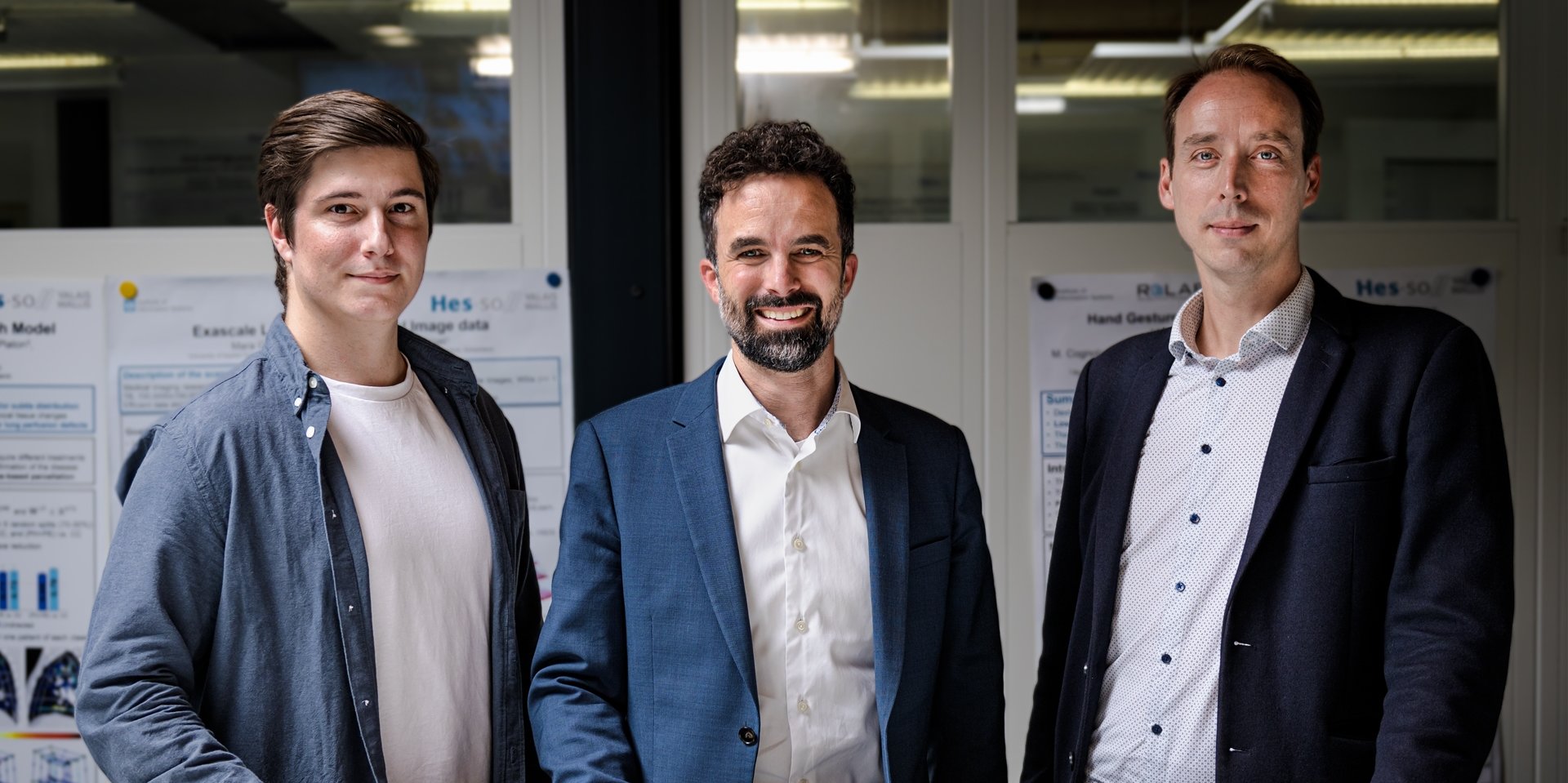Bringing HCI Tools to Architecture and Urbanism – TU Delft (NL) November 2019

We participated as speaker at the University of Technology in Delft, Netherlands to speak about the paper "Bringing HCI Tools to Architecture and Urbanism".
The vision and mission of research in the domains of Ubiquitous Computing and Human-Computer Interaction has increasingly moved from focusing on the realm of “artifacts” to the realm of “environments”. The diffusion of interactive and intelligent technologies, tools, and applications within environments, particularly, within the domains of Architecture and Urbanism pose new challenges, including a) the adoption of new approaches to designing and evaluating technologies and interventions, b) the integration and social acceptability of technologies within the subtle, fluid, idiosyncratic, and multi-layered socio-cultural contexts, and c) the inherent differences between interactive artifacts and interactive environments.
In the past few years, I have examined this transition in the context of a living lab (sustainable architecture), and more recently, in designing human-AI collaboration in the context of autonomous vehicles. The objective of this talk is to illustrate the ways in which HCI methods —such as pervasive and participatory sensing, participatory design— can meaningfully elicit insights about users’ interactive and collaborative experiences within built- and urban-environments, and subsequently leverage these insights for the purpose of design. The first project is about designing two sustainable shared offices in a living lab setting — with reduced energy and material needs, and without compromising inhabitants’ comfort. The second project examines the effective ways of fostering collaboration between pedestrians and autonomous passenger shuttles (APS), which are operating in the town of Sion, Switzerland sine June’16 (the first deployment of such vehicles on public roads).
Source : https://dl.acm.org/ft_gateway.cfm?ftid=1870303&id=3026055

